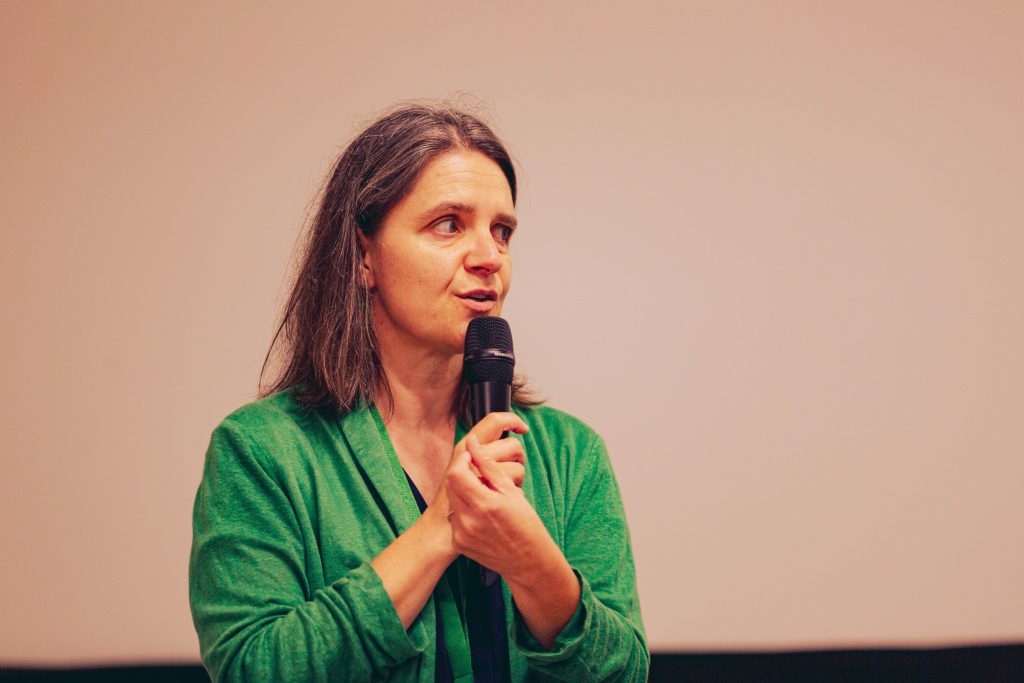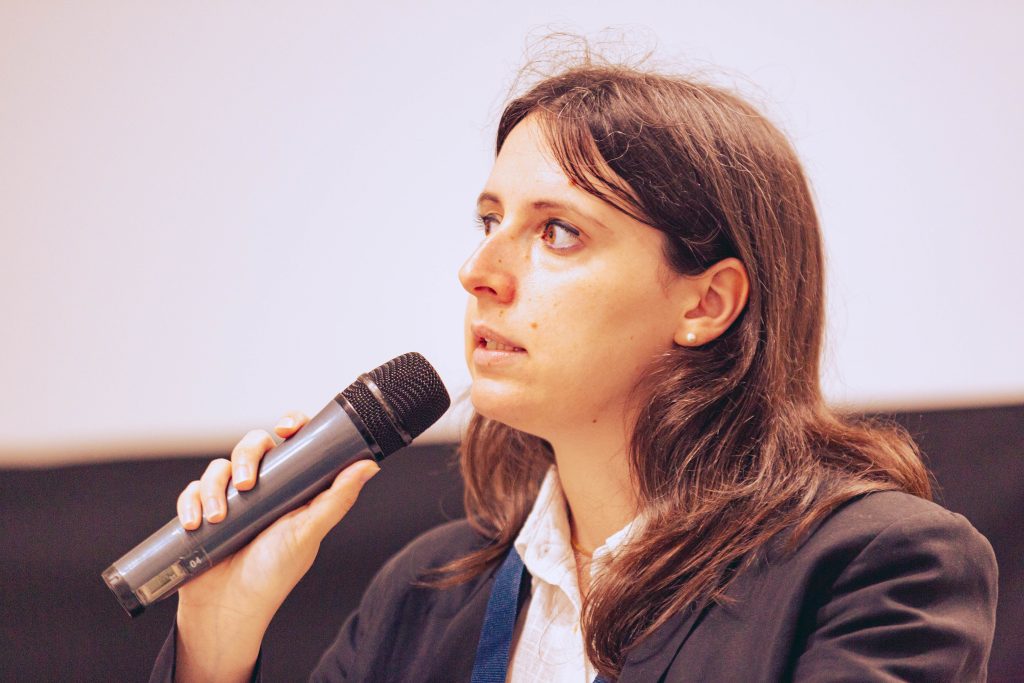Citizens’ Assemblies: no one said it was easy, but it’s worth it
Insights from Local and EU-Level Citizens’ Assemblies Shared at Our Forum in Valencia
As recent elections throughout Europe sound the alarm on the urgency to protect and defend democracy, it’s become increasingly important to go rethink how we govern, going back to the core: involving citizens in decision-making. A good way to do this is through Citizens’ Assemblies. These have become increasingly popular throughout Europe, implemented across different levels of governance, on a wide range of topics.
Why organise a Citizens’ Assembly?
When it comes to climate change, Citizens Assemblies become a powerful tool to ground climate and energy policies in communities. In the polarised context we live in today, Climate Assemblies can help avoid backlash and the spread of misinformation, upholding democracy while tackling climate change.
However, organising Citizens’ Assemblies is no easy task; it requires substantial time, resources, and a rigorous methodology. At this year’s Energy Cities’ annual forum in Valencia, we took an honest look at this modality, hearing from the experiences of various cities, including Bologna, Budapest, and Dijon. Additionally, we were given a new perspective with the recent EU Citizens’ Panels that have been organised by the European Commission at the EU level, tackling different topics from food waste to energy efficiency, learning mobility and hatred in society.
The discussion that followed allowed us to compare these assemblies with other forms of citizen engagement. We examined the benefits, but also acknowledged potential drawbacks and mistakes.
The benefits of Citizens’ Assemblies
Responding to citizens’ preoccupation: In Bologna, the citizen climate assembly was put into place in response to activists from Extinction Rebellion staging a hunger strike demanding more robust climate action. This initiative was not just a response to the activists but also a reflection of Bologna’s deep-seated culture of public involvement.
Representation and inclusivity: There’s no doubt that citizens’ assemblies are the best way to ensure an equal and inclusive representation. With random selection and compensation for participants (as well as childcare services and even activities for children, as Bologna organised), citizens’ assemblies are built to mirror the diversity of a community. Find out more on how to organise representative citizens’ assemblies with Knoca’s Guides to Climate Assemblies.
Accountability and transparence: Bologna highlighted the importance of such Assemblies to hold local governments accountable for their promises and their responses to citizens’ propositions. The city council is obligated to publicly justify any recommendations from the Assembly it decides not to follow, ensuring transparency and responsibility.
Creating real and constructive dialogue: We live in the social media age, where debates are often simplified, feeding into polarisaton, extremist discourses and shouting matches. Today more than ever, creating a space for a prolonged dialogue, focused on finding collective solutions, is invaluable. The importance of the long-term aspect of the Citizen Assembly, over multiple weekends, was highlighted both in both Bologna’s and the EU’s experiences.
Creating a sense of citizenship: for the European level especially, bringing together very diverse groups of European citizens for the EU Citizen Panels, reinforced the participants’ sense of belonging to the European community. This shows how essential it is for such processes to be embedded into European governance, for citizens to feel they are exercising their citizenship more consistently between elections.
“If we are not activating citizenship at all levels of governments, we will lose citizens. Between elections, we need to fill the space so that citizens feel empowered and listened to and will then turn out to vote because they feel their vote matters.”
Gaëtane Ricard-Nihoul, European Commission.
Conditions of a successful Assembly
The experience of Budapest’s Citizens’ Assembly highlighted several drawbacks and potential pitfalls when the process is not implemented with three key elements: Commitment, Communication, and Confidence.
Despite hosting two major assemblies focused on climate action and transport, Budapest faced significant challenges. There was insufficient political backing and a lack of clear support from leadership, which indicated commitment issues. Communication gaps resulted in limited public awareness and engagement. Moreover, without robust media coverage and public visibility, the assemblies struggled to gain the necessary trust and influence, impacting confidence and trust.
Boldness is crucial for a successful assembly. As mentioned, creating a space for dialogue is a Citizens’ Assembly’s biggest strength. For this reason, Citizens’ Assemblies are ideal for discussing often contradictory and controversial societal issues, such as transport and mobility.
Budapest missed a chance to use the Assembly for more effective action, when it chose not to use the Assembly to address its bold plan to close Budapest’s bridge to traffic. Instead, a parallel consultation was conducted, which was not the best way to handle such a controversial issue, leading to conflict and negative media coverage. This is exactly the type of controversial issue that needed to be discussed with confidence during a citizen assembly and well communicated to avoid such backlash.
Another key to success is ensuring these Assemblies are not just one-off events but are embedded in the democratic process. They should be a more visible part of our democracies, making effective communication essential. At the EU level, significant effort is needed to familiarise people with the assemblies, as many selected participants initially perceived them as scams. The successful example of Bologna shows how this model of consultation can effectively address contentious issues.
Alternatives and challenges of citizen engagement
Faced with strain on resources that citizens’ assemblies pose, some cities look at engaging citizens and stakeholders through other forms. But these also have their fair share of challenges.
Dijon alongside other French cities, have to set up “development councils” where climate policy, among other topics, is discussed with different stakeholders from civil society and beyond. In this format, the questions are open, and every council member can explore them with the people they choose. Dijon, however, expressed how difficult it is to ensure ongoing participation in this model and maintain active engagement of all throughout the process.
Transparency can also be seen as a challenge for certain cities. What do you do when participants do not understand that city councils do not have the competencies to adopt certain proposed policies? Opening up assemblies and consultations raises citizens’ expectations. The challenge is to meet these expectations and adequately respond to their questions. Strong disagreement between parties, as well as disillusion when expectations are not met, can lead to drops in participation.
In contrast, the periodic commitment and consensus-building model of Citizens’ Assemblies, and its methodology to gather a representative assembly, does emerge as one of the most effective tools. When done right, it pays off. The question is: what is the best way of implementing and sustaining such resource-intensive assemblies across Europe? This, we still need to figure out.
But it seems we are moving in the right direction. Ursula von der Leyen, upon her reelection as President of the European Commission, has emphasised that these assemblies will become integral to European democracy, announcing plans to organise several citizen panels per year at the EU level.






